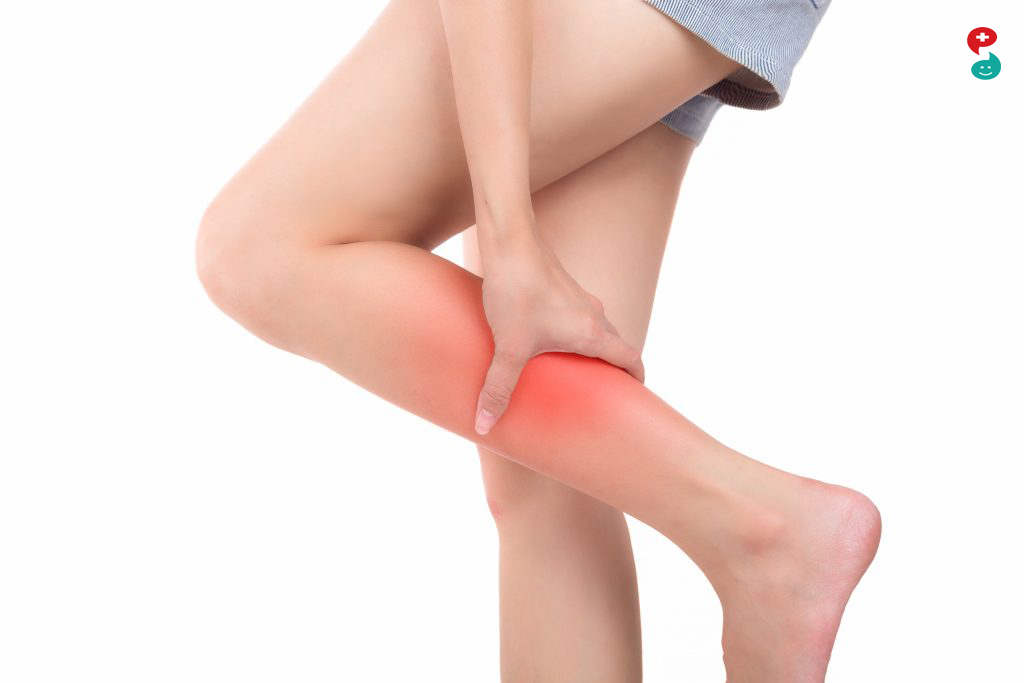
The lower parts of your legs take the brunt of your day-to-day life. You shouldn’t have to be in pain, though.
Medical treatments can help if your doctor says you have a condition like leg cramps, blood clots, or issues with the nerves. But you can do things at home that help, too.
Bones, Joints, and Muscles
Muscle cramp. It can strike in your sleep or in the middle of the day. This sudden, tight, intense lower leg pain is sometimes called a "charley horse." When it takes a grip, it can get worse quickly. It happens when your muscles are tired or dehydrated. Drink more water if you're prone to leg cramps.
It might help to gently stretch or massage the area where your muscle has tensed up. Stretch your legs properly before you exercise, too.
Shin splints. You can feel this pain right up the front of your calf. The muscles and flesh along the edge of the shin bone become inflamed, so it hurts to walk, run, or jump. Doing activity over and over on hard surfaces can bring this on. You may also be more likely to get shin splints if you have flat feet or your feet turn outward.
Rest your legs to feel better. Ice helps. So can anti-inflammatory meds such as aspirin, ibuprofen, and naproxen, if your doctor says these are safe for you. You can buy them over the counter.
You might want to see your doctor if the pain stays. Try not to do anything that makes your leg hurt more. Once it feels a little better, do some stretches. The next time out, wear comfortable, supportive shoes. And don't run on hard surfaces if possible.
Tendinitis. One of the first warning signs you have an inflamed Achilles tendon is pain in your lower calf, near the back of your heel. It’s a common injury that makes the tendon swell, stretch, or tear. You can get it from overworking the calf muscle or climbing the stairs. It might stick around for a long time, too.
Apply ice to get some relief. Or take anti-inflammatories if your doctor says they're okay for you. Avoid doing anything that causes pain. When it hurts less, stretch and strengthen your leg.
If your pain feels severe, your Achilles tendon may be torn. Another possible sign of a tear is having trouble pointing your toe downward. Your doctor may inject medicine into the inflamed area. You might need surgery to repair the damage.
Broken bones or sprains. Say you twist your ankle and get a mild sprain. Try the RICE treatment: rest, ice, compression, and elevation.
For a more severe sprain or a broken bone (fracture), apply ice and see your doctor right away. You may need a cast or brace. You may also need physical therapy.
It will take time, but gradually you'll be able to walk comfortably, again. Go slow as you gradually increase your strength and put weight on the injured leg.







